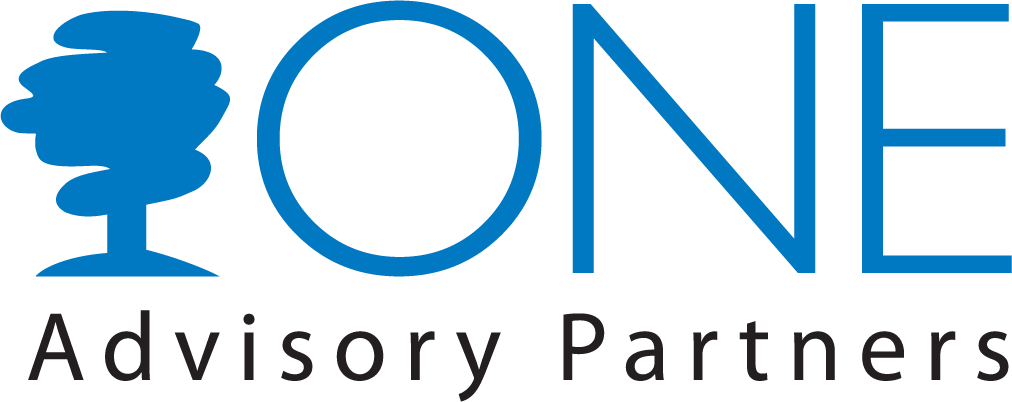A Big Risk to Your Portfolio is Hiding in Plain Sight
Dividing up an investment portfolio into its various pieces can reveal both hidden drivers of risk and overlooked opportunities. A recent analysis by Goldman Sachs Asset Management of professionally managed investment portfolios shows that many investors are missing important potential sources of return as a result of putting too many of their “risk” eggs in one basket – US stocks!
Many investors’ hopes today are pinned on the prospects of this single asset class whose elevated valuations today stand near the 90th historical percentile.1 The heavy reliance on US equities we see in many new clients’ portfolios today is risky and overlooks potentially attractive opportunities in areas such as emerging market equities (EME), emerging market debt (EMD) and small-cap equities in Japan, Europe, and other non-US developed countries. Too many investors today have little or no exposure to these three areas.
In their study, Goldman Sachs observed this tendency to crowd into a single, recently high-performing asset class in thousands of US investment professionals’ portfolios. In some respects, this tendency to crowd is understandable. The historically unusual run of strong US large-cap equity outperformance in recent years (Exhibit 1) has tested even the most resolute risk managers.
The average client portfolio with a moderate-to-aggressive risk level2 contains a 50% allocation to US equities. That may sound relatively low, but we would stress that risk allocation is not the same as asset allocation. A large allocation to a few asset classes can lead to extreme concentrations of portfolio risk.
Just about all of the risk (99%) of a traditional “70/30” equity and fixed income portfolio historically has been driven by fluctuations in equity markets. 3
Overindulging in one asset class naturally leaves less room to tap into other asset classes. The portfolios we examine typically have had small average allocations to the three diversifiers mentioned earlier – the average is 2.9% to emerging market equities, 1.5% to emerging market debt and 1.2% to international small-cap stocks. Each allocation is a fraction of what we would consider to be proper diversification.
EXHIBIT 1: HISTORICAL RELATIVE RETURNS OF VARIOUS ASSET CLASSES
Source: GSAM, Bloomberg, as of 9/30/2016. All data represents total return. Past performance does not guarantee future results, which may vary. Bank Loans are represented by the CS Leveraged Loan Index. Commodities are represented by the S&P GSCI Commodity Index. Emerging Market Debt is represented by the J.P. Morgan EMBI Global Index. Emerging Market Equity is represented by the MSCI Emerging Markets Index. Global High Yield Bonds are represented by the Barclays Global High Yield Index. Hedge Funds are represented by the HFRI Fund of Funds Index. International Equity is represented by the MSCI EAFE Index. International Real Estate is represented by the S&P Developed ex-US Property Index. International Small Cap Equity is represented by the S&P Developed ex US Small Cap Index. US Aggregate Bonds are represented by the Barclays US Aggregate Bond Index. US Real Estate is represented by the Dow Jones US Select Real Estate Securities Index. US Small Cap is represented by the Russell 2000.
In the past, adding asset classes such as these has often helped to drive improved returns over time. We tested this view by stacking up the historical returns of client portfolios which included these asset classes versus those portfolios which did not (Exhibit 2).4 The result: Including a basket of these diversifiers historically has improved returns with a negligible impact on total portfolio risk.
On average, portfolios with any emerging market equity exposure have returned 0.42% more annually than portfolios without it. The presence of international small-caps increased historical returns by an average of 0.24% compared to portfolios without this asset class.
Portfolios owning emerging market debt, too, possessed both higher average historical returns (by 0.26%) and lower average volatility.
Portfolios with all three diversifying asset classes experienced higher annualized returns (6.8% compared to 6.1%), for virtually the same level of risk -- 10.8% annualized volatility for portfolios with all three asset classes, compared to 10.7% for those which excluded all three.
EXHIBIT 2: COMPARING HISTORICAL RETURNS ACROSS PROFESSIONAL INVESTORS’ PORTFOLIOS
Source: GSAM. Figures reflect average annualized total returns of static client portfolios provided to GSAM, as represented by historical index returns over the period 1997-2016. See disclosures at the end of this commentary. Past performance does not guarantee future results, which may vary.
These historical returns include the last few years of strong outperformance by US equities, so we think the historical data by some measures may understate the potential benefits of diversifying across more asset classes. As of the end of the third quarter of 2016, investors have seen some reversion to higher relative performance across a range of diversifiers, such as high yield bonds and emerging market equity (See Exhibit 1).
We see behavioral reasons to diversify as well. Investors have a well-documented tendency to chase the performance of recent winners, even though history suggests they should not. No trend lasts forever. US equities’ strong relative performance eventually will end. Staying diversified in our view means being better prepared.
Source: Hidden Risk, GSAM Connect, March 13, 2017


